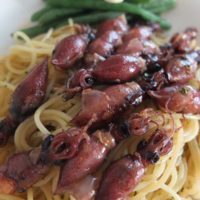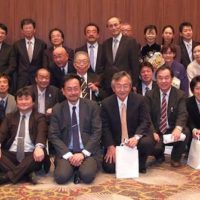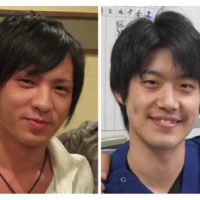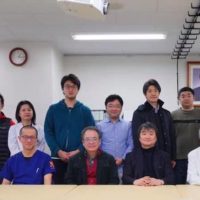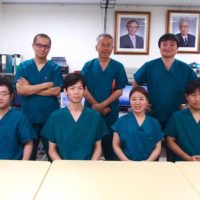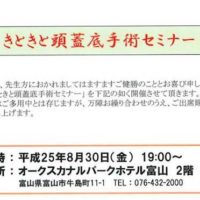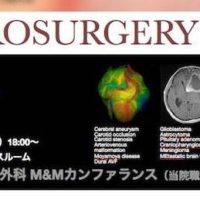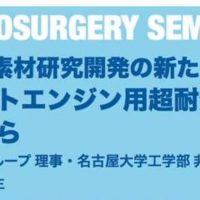当科の山本修輔先生が書いたもやもや病に関する論文が日本脳神経外科学会誌「Neurol Med Chir (Tokyo)」誌に掲載されました。
成人もやもや病は、小児期に発症したグループと成人になってから発症したグループに大別することができます。今回はこの2グループ間の臨床データを比較しました。
その結果、小児期発症グループでは成人期発症グループと比べて、
1)脳出血の発症が多い
2)LSAチャンネル、choroidalチャンネルの発達が著しい
3)Vault moyaが多い
4)バイパス術後の側副血行路がよく発達する
ことが判明しました。
多変量解析の結果、脳出血の発症に関与する因子は、以下の2つであることが判明しました。
1)小児期発症であること、
2)choroidalチャンネルがよく発達していること
これまで成人もやもや病はひとつの疾患概念として取り扱われてきましたが、今回の結果に基づいて、今後は彼らを小児期発症G、成人期発症Gに分けて捉え直すことを提唱させてもらいました。
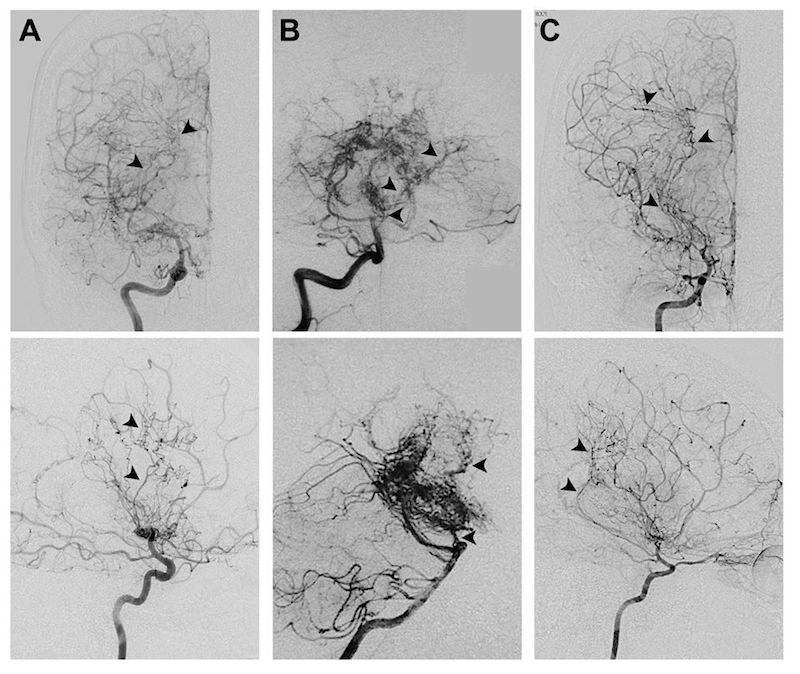
A Voyage to Depth of Neuroscience Vol. 73
Clinical and Radiological Features of Childhood Onset Adult Moyamoya Disease: Implication for Hemorrhagic Stroke.
Yamamoto S, Kashiwazaki D, Uchino H, Saito H, Akioka N, Kuwayama N, Kuroda S
Neurol Med Chir (Tokyo). 2020 Jun 12. Online ahead of print.
Abstract
Some of the pediatric moyamoya patients spend their childhood without diagnosed as moyamoya disease (MMD) because of their mild ischemic attacks and emerge again with ischemic or hemorrhagic stroke in their adulthood. This study was aimed to clarify the clinical characteristics of adult moyamoya patients with childhood onset and elucidate the impact of long disease period on their clinical features. Present study included 116 untreated hemispheres of 69 adult patients with MMD. They were divided into two groups: childhood onset group (26 hemispheres of 14 patients) and adult onset group (90 hemispheres of 55 patients). Clinical features were compared between the two groups. The incidence of hemorrhagic stroke was significantly higher in childhood onset group (P = 0.0091). Lenticulostriate and choroidal channels were more developed in childhood onset group (P = 0.044 and P <0.001, respectively). Vault moyamoya was more frequently observed in childhood onset group (P <0.001). The development of surgical collaterals through indirect bypass was more marked in childhood onset group (P = 0.0019). Multivariate analysis revealed that childhood onset and developed choroidal channels were significantly associated with the occurrence of hemorrhagic stroke (OR 4.31 [95% CI 1.21-15.4], P = 0.025 and OR 6.78 [95% CI 1.78-25.8], P = 0.0050, respectively). This study clearly shows that adult moyamoya patients with childhood onset have more developed spontaneous collaterals, which may, in turn, highly causes hemorrhagic stroke. Adult moyamoya patients with “childhood onset” should be recognized as a novel and important concept when elucidating the underlying mechanisms of hemorrhagic stroke in MMD.


